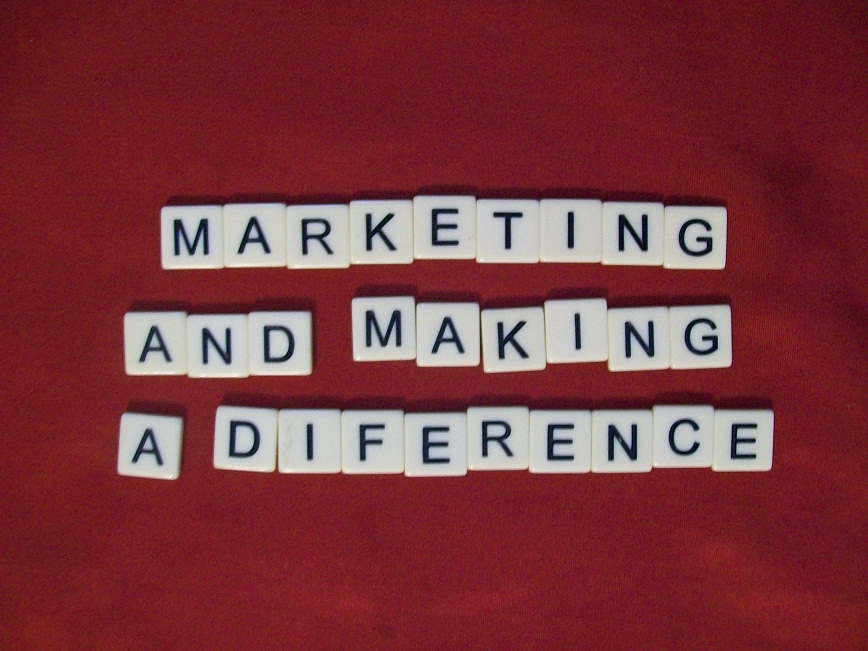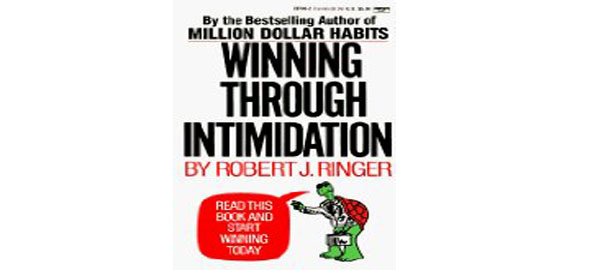Have any of you seen the new AMC series “Rubicon?”
Four episodes have aired so far. I’m loving every second.
(I’ve always been into conspiracy theories, espionage and stuff like that. If you have a similar interest, you really need to take a look at this show. You almost never hear me recommend that you sit in front of the television, so you know this is serious.)
There was an acronym that one of the characters used in this Sunday’s episode that I wanted to share. There is, naturally, a practical application to go along.
Forgive me: like the obsessed fan that I am, there is a bit of an introductory synopsis coming up. If you want to get to the point of this post, skip down to where you see THE POINT in red letters.
We follow a team of intelligence analysts working at the American Policy Institute, aka API. They basically tell various government and military agencies what the data they collect from wire taps, satellite images, etc., really means.
In this episode, the team is assigned to make the analyze info and advise the military’s decision on whether or not to drop a bomb on a potential target. Innocent lives are at stake.
Trying to determine the risks involved in the mission, the 3-person team guesses the number of civilians that could be in harm’s way. One of them exclaims that the estimate quoted is a “total WAG.” This is defined as a Wild “A” Guess. Feel free to guess what the “A” stands for.
So here’s THE POINT:
In direct response marketing, you cannot afford to make WAGs. You don’t have the luxury of fooling around with the money you spend to roll out your campaign. Every dollar has to be accounted for. This is especially true if you’re working on a project for a client. You can’t play around with their investment.
The good news is that you don’t have to settle for making guesses in your marketing.
Too many business and ad agencies develop concepts without ever doing research to find out exactly what motivates their target audience. Even more proceed with their ideas without ever testing to see if what they’re doing is producing results.
This is wasteful at best, and potentially suicidal for your business.
Lesson for today: don’t make WAGs when it comes to your business decisions. Strike that: never guess at any of the important decisions in your life, business or personal.
Do the necessary research so that you can move forward prepared for what’s out there. What is your hottest prospect really scared of? What is your wife’s favorite flower?
Then test everything. I’ll go out on a limb and say that everything in life is quantifiable to some degree. Find out what kind of results you’re getting, and work on improving them constantly.





